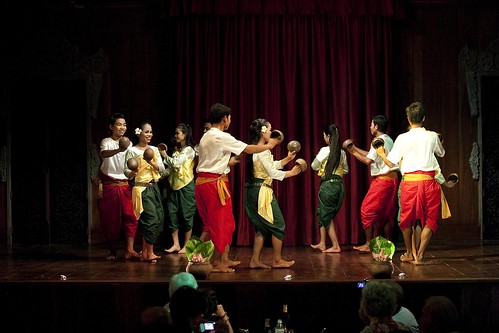 |
| Jenny McCarthy, Anti-vaccinationist |
On Slate.com, Allen Arthur quotes a celebrity Playboy model, Jenny McCarthy in his article, “Say it Ain’t So, O” (6 May 2009), “They're
making a product that's shit. If you give us a safe vaccine, we'll use it. It shouldn't
be polio versus autism.” Science cannot stress how faulty Jenny McCarthy’s
argument is. This misinformed celebrity believes that vaccines either do not
work, or cause autism, or both. However, scientific evidence backed by many
experiments says otherwise. Researchers have shown multiple times that vaccines
work very well and definitely do not cause autism. Parents should listen to
knowledgeable professionals, not uninformed popular figures, and thus should
continue to vaccinate their children for the safety of their communities.
In
order to disprove McCarthy, scientific evidence must be called upon. First, the
argument that vaccines cause autism must be disputed. There have been over
twenty massive trend and case studies that find a positive correlation between
increasing autism levels and vaccination levels, but absolutely no causation.
Correlation is not causation. For example, rising global temperatures
correlates with rising population, but rising temperatures is not the cause of
population increase. One study by H. Honda in 2005, which was published in Bandolier as a collection of studies
titled “Autism in the Absence of MMR Vaccine,” revealed that retracting of the
MMR (measles, mumps, rubella) vaccine from the Yokohama, Japan did nothing to
quench the increasing levels of autism diagnosed in children. Gerber and
Offit’s “Vaccines and Autism: A Tale of Shifting Hypotheses,” published in Oxford Journals in 2009, reveals the
same result in many other experiments around the world, including countries
like the United Kingdom and Canada. It is, therefore, legitimate to claim that
vaccines, particularly the MMR vaccine which has been accused of causing
autism, does not actually cause developmental disorders despite having
correlation with rising autism levels.
Meanwhile, vaccines have been proven to
work on many accounts. For example, after its discovery in 1721, the smallpox
vaccine had been developed and applied to the world, bringing forth the
disease’s eradication, according to the World
Health Organization’s 2013 article, “Smallpox.” If one vaccine can, and has,
wiped a disease permanently away from Earth, why not trust vaccines to do it
again? One cannot argue about the statistics gathered by the many health
workers, scientists, and lawyers regarding the safety of vaccines either.
Calculated by the Center for Disease
Control and Protection in the article, “Possible Side-Effects from
Vaccines” published on 20 April 2009, for the single MMR vaccine, there is
approximately 0.0001% chance of causing a serious, possibly fatal allergic
reaction. The other side effects are mild, like a short-term fever or slight
rash. The Center for Disease Control and
Protection also published on 3 November 2014 in the article, “Measles
Vaccination,” that the death rate for measles, mumps, or rubella, exceeds
0.073%, or 7300 times the death rate for vaccination! There is essentially no
risk for vaccination. Rather, patients leave with immunity to three nuisance
diseases. No, vaccines do not cause autism, and yes, vaccines are totally safe
and do work. Parents should consider the facts about vaccines before believing
a celebrity’s ill-informed thoughts in the field of medicine.
 |
| Smallpox was eradicated in 1980 |
The
best way to increase vaccination rates is to inform the population about the
truths of vaccines and to prevent public figures like Jenny McCarthy from
spewing misinformation. If everyone could trust science and vaccinate their
children, diseases will no longer be a threat to humanity. All immunizable
diseases will be eradicated eventually and the world will be a healthier place
to live.
Justin Nguyen
UMass Lowell


